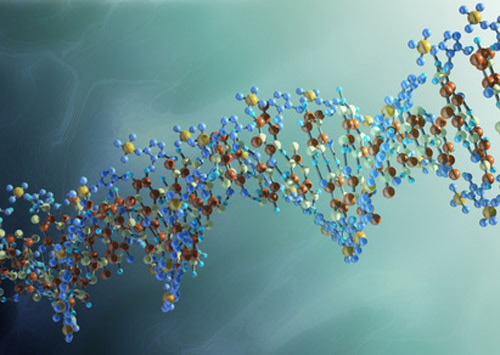January 1, 1970 (Vol. , No. )
Shawn C. Baker Ph.D. co-founder and CSO AllSeq
Is NGS in your future? Get it right the first time with these tips.
Things to think about before you start your next-generation sequencing (NGS) project:
- Biological question trumps all: Don’t get seduced by the marketing hype surrounding next-generation sequencing. It does offer a plethora of advantages over older technologies like microarrays, but if you’re asking a very simple or specific question, cheaper and easier technologies might be an appropriate substitute.
- Platform choice: Once you’ve decided that your project does require the power of next-generation sequencing, make sure you pick the right platform. There are a wide range of technologies available, each of which is optimized for different attributes. For example, some may generate the largest total output per run while others are optimized for speed, low error rate or read length. Make your choice based on the needs of your research project. Don’t just use what the local core lab has because it’s ‘convenient’. Instead, consider outsourcing your project to a service provider that has the exact technology you need.
- Technology combinations: Sometimes no single technology can provide everything you need. For example, some researchers are taking advantage of the long, but error-prone, reads of the Pacific Biosciences RS platform by using it in combination with the shorter, low-error-rate output of Illumina’s HiSeq platform to yield more complete coverage of the genome.
- Sample variation: Carefully consider where your greatest sources of variation are likely to come from and design the experiment to properly control for them. Remember that the ‘power’ of next-generation sequencing doesn’t magically eliminate biological variation. Therefore, it is prudent to include biological replicates in your experimental design. In contrast, technical replicates are rarely necessary as the platforms have very good reproducibility.
- Sequencing depth: It’s important to carefully consider how much sequencing coverage or depth you need. Sequencing too much means you’re wasting both money and time, not to mention causing unnecessary data storage complications. If you sequence too little, your analysis will be underpowered and you won’t get a meaningful answer. Here’s where having a solid understanding of what your research project needs and what the platform limitations are will pay off. For example, RNA sequencing projects can range from needing as little as five million reads for a simple sample classification study to 100 million reads or more for a full analysis of the transcriptome.
- Data analysis: Knowing how you’ll analyze the data before you generate it will help prevent headaches and frustration down the road. Assembling the right tools and expertise ahead of time will help ensure that your experiment was designed properly from the beginning. The alternative might be to start your analysis, only to find that you don’t have the appropriate data to fully answer the research question at hand.

Read through these expert tips before you embark on another next-generation sequencing endeavor. [Andrzej – Fotolia.com]
Shawn C. Baker, Ph.D., is CSO of BlueSEQ.



